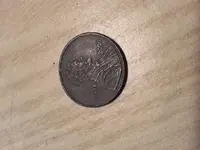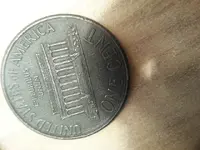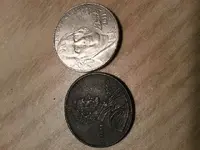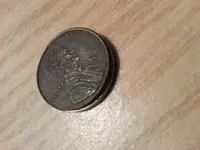rayrayvegas
Bronze Member
Going thru my box of go thru finds I came across this penny, I almost dismissed it until I grouped it with the other penny finds, I have no idea when or where I found it for I always add up all my clad change at the end of the month. Definetly not toy money, not magnetic, size of a nickel, very very detailed, matches all markings on a penny exactly, even the small Lincoln can be seen in the monument as the designers initials. I am stumped? Has anyone ever came across this before.








Upvote
1


 I sure as heck would like to know!
I sure as heck would like to know! so we can do some rudimentary analysis. Thanks.
so we can do some rudimentary analysis. Thanks. so it's a bit difficult to verify with the OP's coin. Are all of the coins missing the copper wash? I wonder if anyone has found one made out of a copper cent or are they all zinc? I'm not sure how easy it is to remove copper plating with acid. Any ideas? I would tend to think this is any easy process or why would they be put back into circulation?
so it's a bit difficult to verify with the OP's coin. Are all of the coins missing the copper wash? I wonder if anyone has found one made out of a copper cent or are they all zinc? I'm not sure how easy it is to remove copper plating with acid. Any ideas? I would tend to think this is any easy process or why would they be put back into circulation?